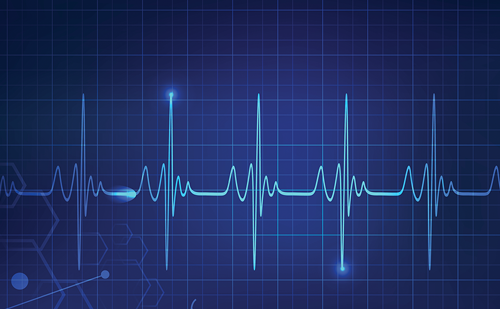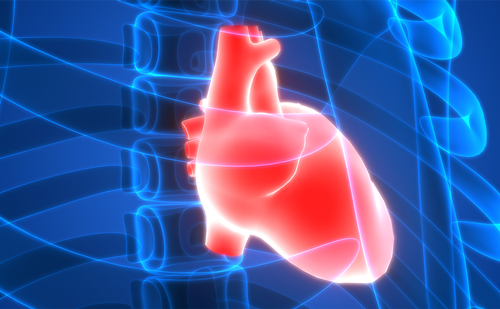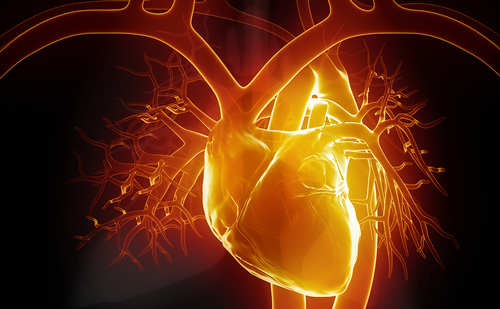The study of left ventricular diastolic function by Doppler echocardiography: the essential for the clinician
Abstract:
Overview
An abnormal diastolic function of left ventricle represents the main pathophysiological
mechanism responsible for different clinical states such as restrictive cardiomyopathy, infiltrative
myocardial disease and, specially, diastolic heart failure (also called heart failure with preserved
systolic function), which is present in a large number of patients with a clinical picture of
pulmonary congestion.
Although the invasive approach, through cardiac catheterization allowing the direct measurement
of left ventricular filling pressure, myocardial relaxation and compliance, is considered the
gold standard for the identification of diastolic dysfunction, several noninvasive methods have
been proposed for the study of left ventricular diastolic function.
Doppler echocardiography represents an excellent noninvasive technique to fully characterize
the diastolic function in health and disease. (Heart International 2007; 3: 42-50)
Keywords
Diastolic function, Heart failure, Doppler echocardiography
Article:
Article Information:
Correspondence
Dr. Pompilio Faggiano, Chair of Cardiology, University of Brescia, Piazza Spedali Civili, 25100 Brescia – Italy, faggiano@numerica.it







